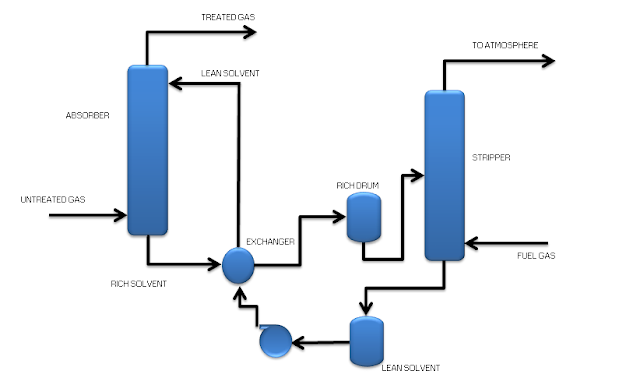Utility means satisfaction by consuming goods or service or something else. An imaginary number or cardinal approach which is used to measure the satisfaction is called "util"
Utility can be seen in commodity angle and also from consumer angle but let us restrict the topic to above definition and continue.
Law of Diminishing marginal utility:
If you model a first column it will give you more satisfaction if you model the same model again and again and again by keeping other models like compressors in constant your total satisfaction will increase but marginal utility will decrease. so this is called marginal utility in chemical engineering way.
some equations if you want to see in graphical way Mu=DelTu/DelQ
Tu->Total Utility
Mu->Marginal Utility
Q->Change
so model compressor also in between so that you can consume different goods and you will get more satisfied.
---------------------------------------------------------------------------------------------------------------------
What a crap- If someone find the above content is this then i agree 100% YES it is a crap.
I am continuing the blog with out editing the above content as i find some mistakes in it and what i feel is mistakes are GOOD.Another reason is i am not an economist yet.
Basically as a consumer means in above example modelling engineer finds column and compressors as a big things in modelling point of view so there are some "assumptions" in Law of diminishing marginal utility i.e 1) The unit of consumer good may not hold if the unit is too big or too small. so in this case we cannot consider a "valve" as it is very small and "column/compressor" as it is too big in modelling point of view. Read the above statement considering Exchanger or a Pump instead of column which will give better understanding of law.
2) Mental condition of the consumer must remain normal - There should not be additional pressures means you know how corporate runs.
3) There must be continuity in consumption where a break in continuity is necessary.
4) The consumer taste or preference must remain the same during the period of consumption.


